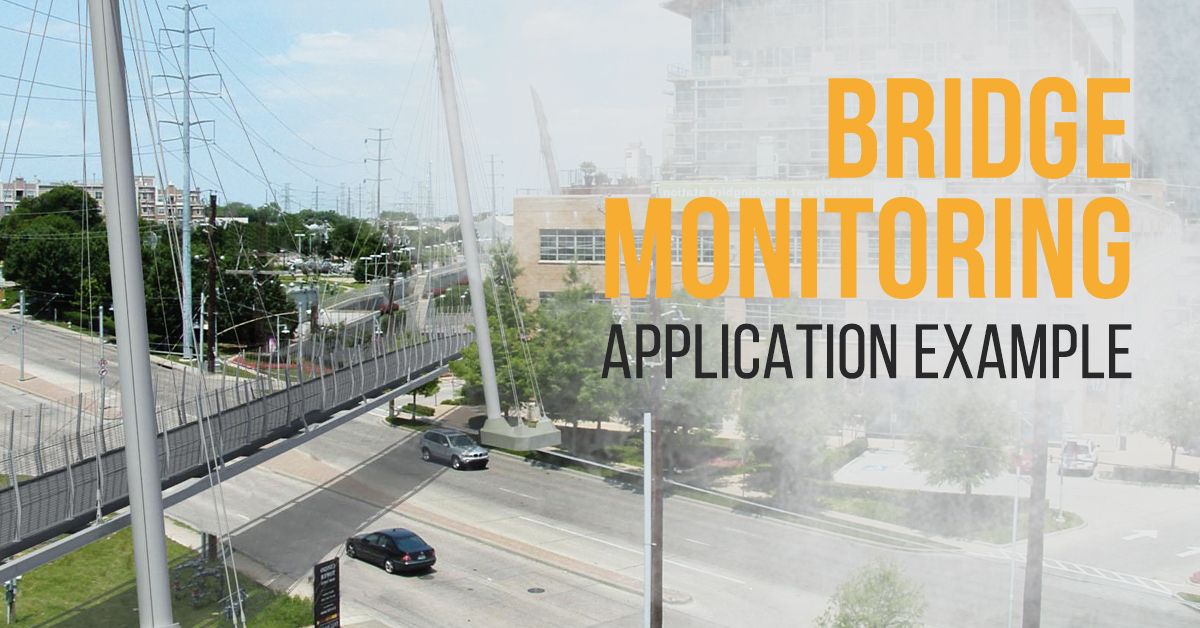
Pedestrian Bridge Monitoring – An application example from the Katy Trail in Dallas, Texas
WHAT IS THE SCOPE OF THE PROJECT?
The project aimed to deliver a unique hardware and software monitoring solution for the transition of land from old Railroad grounds to a jogging, walking, inline skating, and bicycling path. The Katy Trail is a jogging, walking, inline skating, and bicycling path that runs through the Uptown and Oak Lawn areas of Dallas, Texas, following the path of the old Missouri-Kansas-Texas Railroad, which was known as MKT or the Katy. The construction work to convert the unused 3.5 miles railway track into a hiking trail took place between 2000 and 2007. Since completion, it has been expanded several times and is currently on final extension phase (Phase VI). The Phase VI is 0.65 miles long, includes 2 pedestrian bridges and the estimated cost is $14.1 million. Phase VI construction started in October 2015 and was completed in January 2018.
WHAT UNIQUE CHALLENGES DOES THE PROJECT PRESENT?
Unique challenges presented by the Katy Trail Pedestrian Bridge Monitoring project consists of the following:
- Unique engineering designs and monitoring for the project is required due to the fact that one of the bridges (over Mockingbird Lane) sits atop a Dallas Area Rapid Transit (DART) tunnel.
- A cantilevered suspension bridge design had to be utilized to push the bridge foundation away from the tunnel.
WHAT PRODUCTS / SOFTWARE ARE INCLUDED IN THE INSTRUMENTATION & MONITORING SCHEME?
The instrumentation and monitoring scheme, designed and carried out by HNTB and Rebcon Inc., respectively, consists of the following instruments, dataloggers and software:
VW Crackmeters
- 20 x crackmeters are installed inside the DART tunnel
- These monitor cracks in the tunnel lining
MEMS Tiltmeters
- 11 x tiltmeters are installed on retaining structures
- MEMS Tiltmeters are designed to monitor the rotation of the retaining structure
LS-G6 Wireless Data Acquisition System
- The LS-G6 system, by Loadsensing, was selected due to its long range radio, low power consumption, easy implementation and because it’s capable of working inside the tunnel
- The system consists of one gateway, 11 x nodes for the MEMS tiltmeters and 5 x nodes for the VW crackmeters
- The system collects readings automatically and wirelessly from the crackmeters and the tiltmeters
Deformation Monitoring Points
- 92 x prisms were installed in and outside the DART tunnel
- These are monitored by manual, optical survey
ARGUS Software
- ARGUS was selected for its ability to simply display data online in real time
- The software is used for web based management and reporting of data from all automated instruments and from manual optical survey points
-
 Wildfire Cleanups and Recovery: Perimeter Air Quality Monitoring
Wildfire Cleanups and Recovery: Perimeter Air Quality Monitoring -
 Protection from Wildfire Smoke – California, Washington and Oregon
Protection from Wildfire Smoke – California, Washington and Oregon -
 What is Respirable Silica Dust and Why Do You Need to Monitor It?
What is Respirable Silica Dust and Why Do You Need to Monitor It? -
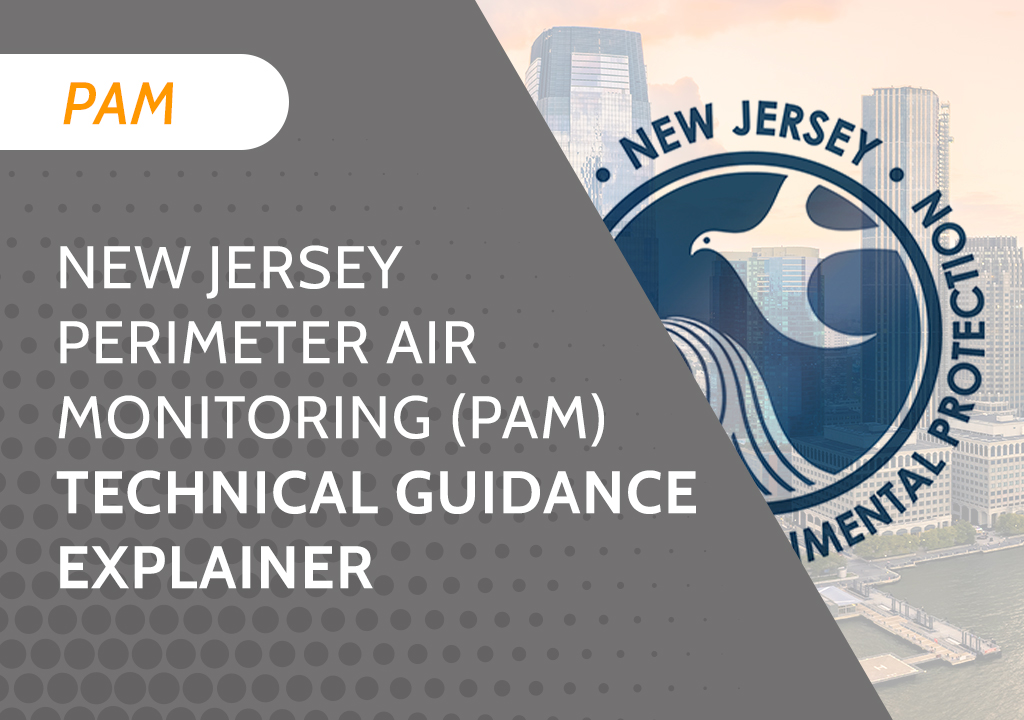 New Jersey Perimeter Air Quality Monitoring (PAM) Technical Guidance Explainer
New Jersey Perimeter Air Quality Monitoring (PAM) Technical Guidance Explainer -
 Air Quality Matters: Wildfires & AQI
Air Quality Matters: Wildfires & AQI -
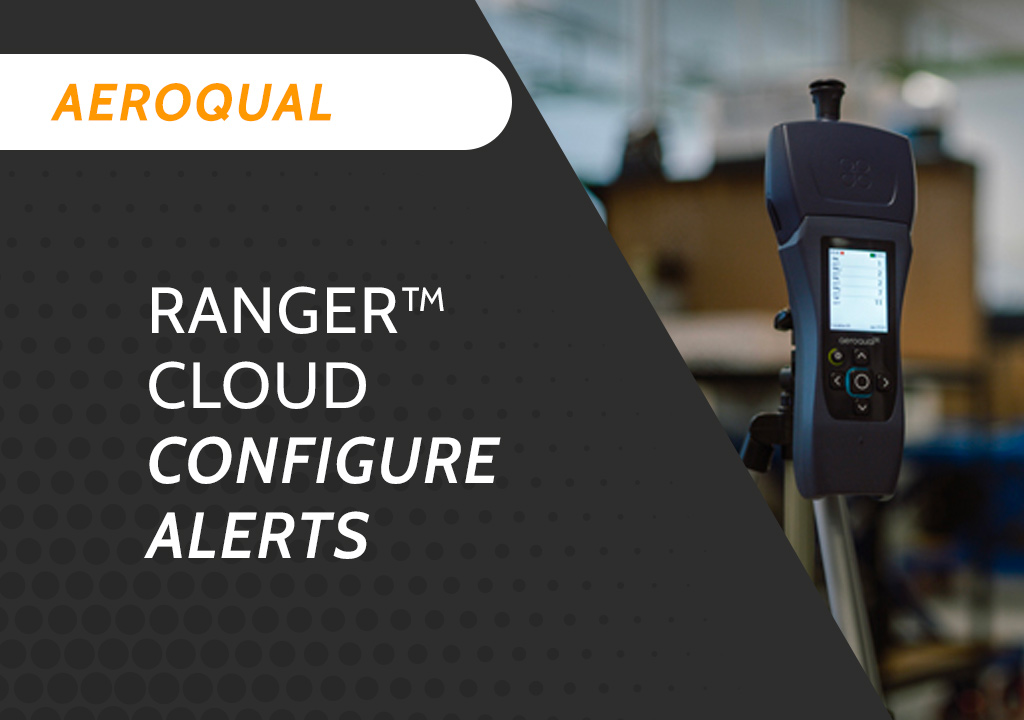 Aeroqual Ranger™ Cloud from Specto Technology - Configure Alerts
Aeroqual Ranger™ Cloud from Specto Technology - Configure Alerts -
 Aeroqual Ranger™ Cloud from Specto Technology - Connect to Wi-Fi
Aeroqual Ranger™ Cloud from Specto Technology - Connect to Wi-Fi -
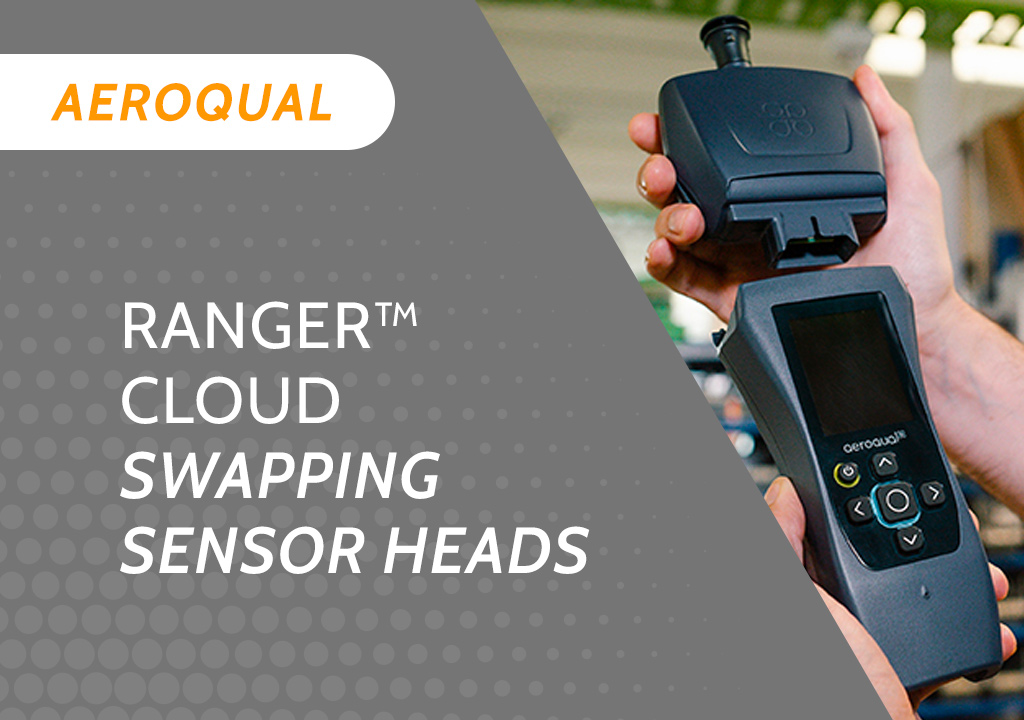 Aeroqual Ranger™ Cloud from Specto Technology - Swapping Sensor Heads
Aeroqual Ranger™ Cloud from Specto Technology - Swapping Sensor Heads -
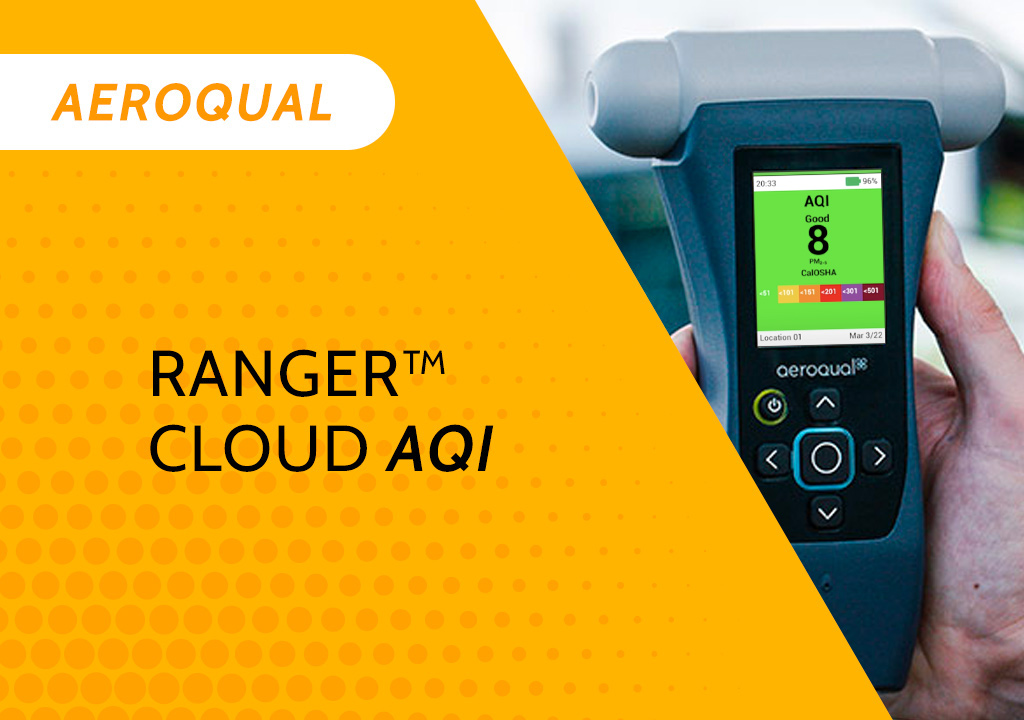 Aeroqual Ranger™ Cloud from Specto Technology AQI
Aeroqual Ranger™ Cloud from Specto Technology AQI -
 Assembly of a pole mounted solar panel system (3 panels)
Assembly of a pole mounted solar panel system (3 panels)
